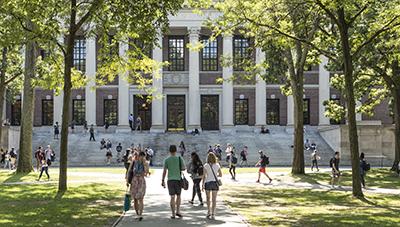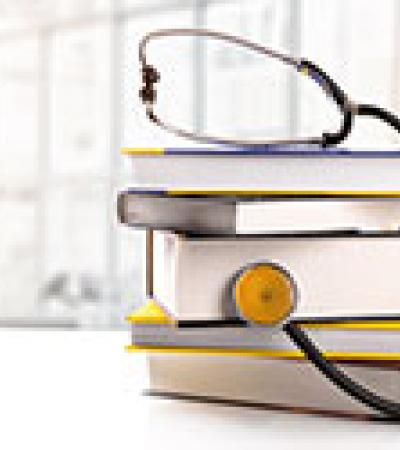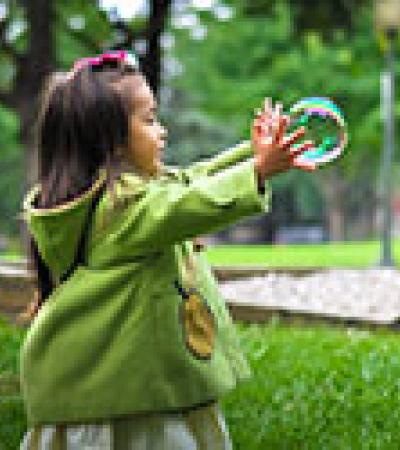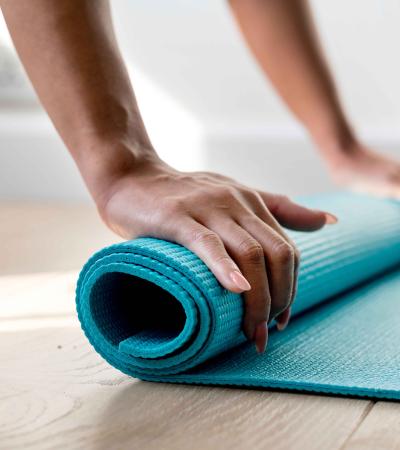According to the National Center for Education Statistics, there are 4,360 colleges and the universities in the United States. More likely than not, there is a college or university close to you — and partnering with them is a great way to bring high-quality health and wellness programming to your library.
Sample programs

The following four examples illustrate the range of possibilities for partnering with institutions of higher education.
- In Pittsburgh, Pa., the Carnegie Library of Downtown hosts college student volunteers who refer patrons to health resources, including those related to food insecurity, transportation, housing and immigration concerns. The program is called Connections4Health.
- In Twin Falls, Idaho, the library partnered with the College of Southern Idaho’s volleyball team for Active Kids, in which elementary-aged kids learned how to play volleyball at the library.
- In Ithaca, N.Y., the library teams up with Cornell University and Ithaca College for Ballet & Books, in which college students fuse physical activity, reading and one-on-one mentoring with local youth. (Check them out on Facebook.)
- In Phoenix, Ariz., the library teams up with Arizona State University’s Obesity Solutions, a “transdisciplinary project in partnership with Mayo Clinic.” Working with ASU, the library started FitPHX Energy Zones, special spaces in which students from the university “offer nutrition and fitness education to middle school-aged students.” One of the college students stated, “This internship experience has been one of the more rewarding experiences I’ve participated in throughout my academic career. ... It has challenged me to call upon my creativity and understand how to present exciting activities in a library setting. I think my future career in public health will benefit from creativity. Thinking outside of the box can manifest fresh, and oftentimes successful, ideas.”
Making contact
One of the biggest hurdles associated with partnering with colleges and universities is figuring out where to start. You can’t (usually) just call up the provost and ask if they want to work with you.
Thankfully, some institutions are trying to make the process simpler. Here at the University of North Carolina at Greensboro (where I work), the University has a Collaboratory, a publicly searchable, online database that shares information about what faculty are doing so off-campus entities can identify appropriate partners. The Collabortory is also available at five campuses of Indiana University, as well as Mercyhurst University in Erie, Pa., and hopefully will be more broadly available in the coming years.
Your local college or university may not have the Collaboratory, but it may have an office of public or community engagement. You could also reach out to your local academic librarian for help. Academic librarians typically have a deep understanding of the institution’s structure and should be able to direct you to units and individuals on campus who may make excellent partners.
Furthermore, if you’re lucky enough to have a health sciences academic librarian nearby, they may be interested in working directly with you, which is exactly how the St. Louis Public Library and librarians from Washington University’s School of Medicine started working together on health programming offered throughout the public library system.
Common partners
In any case, common partners include:
- Health departments (which may have different names, from Kinesiology to Public Health to Gerontology to Nursing to Medicine)
- Sports teams and athletics departments
- University hospitals
- Education departments (especially early education)
- Agriculture Extension Units
Don't rule out other, more unexpected partners. For instance Obesity Solutions at ASU represents the type of interdisciplinary units that are becoming more and more common in colleges and universities across the country, as older, more traditional disciplinary boundaries give way to new structures.
And finally, don’t forget about library and information science (LIS) departments! As more and more LIS education is offered online, you may discover that LIS students living nearby may be excited to work with you to develop and deliver health and wellness programming as a practicum or internship. Reach out to the LIS program in your area to get started.
Collaborations typically work best when they play to the respective partners’ strengths and interests. In Pittsburgh and Phoenix, Connections4Health and FitPHX work so well because college students see the experience of working directly with the public around health matters as invaluable pre-professional experience. Furthermore, the structure of these initiatives allow the libraries to count on steady streams of trained students ready and enthusiastic to make a difference. Similarly, the Active Kids and Ballet & Books partnerships work because they allow college student volunteers to give back to the local community in a fun, engaging manner.
What types of health and wellness programming have you done with your local colleges and universities? Let us know!



